Thoughts on the VX-8DR
The VX-8DR is an analogue-only radio that first debuted (as the VX-8R) around 2008, with the DR model coming out later as “a devoted APRS users version of the VX-8R series.” It was discontinued around 2017-2018, though. I recently came across one (thanks, Ryan). So why a post about a discontinued radio, especially now when my interests are primarily HF-oriented? The answer is I think this is my one of my new favourite radios, and it’s sad to see it gone.
The first thing I like about it is the aesthetic: no bright LCD display like you get on a lot of more modern radios (like the FT-5DR and Anytone 878UVII+). It fits well in your hand, it’s solidly built, and it’s a quad-band dual-receive radio. I don’t know of many decent quad band HTs out right now, which is unfortunate; I’ve had to resort to using my FT-817ND for portable 6m operation. I also like that it can listen to two amateur channels at once, and can send APRS messages directly from the radio; I’ve been using a Baofeng or the VX-6R with a mobilinkd TNC3 paired to my phone. The manual is readable enough that it only took about five minutes to program in some local repeaters.
There are things I don’t like about it:
- The speaker isn’t very loud.
- I would prefer if the dial’s primary function was to change the volume, not the memory or VFO.
- The connector is a proprietary connector, so I have to try to find a hand mic and programming cable for it.
- The keyboard is tiny and harder to use.
- In dual receive mode, you don’t get memory labels — you have to memorize what memory or frequency belongs to which repeater. I really think this is such a bad thing, as it’s good to know these things and you can turn off the dual receive function if you need the labels. I’m just accustomed to a certain level of convenience.
I definitely like this more than the VX-6R. There’s just a certain classic nature to it1, and I’m sure it has to do with my personal history with radios.
On an unrelated note, I got my QRZ grid squared and all contintents awards today, so that was kind of cool.

- Another one is the Tecsun PL-368, which isn’t an HT. ↩︎
Boxing Day? More like DX Day
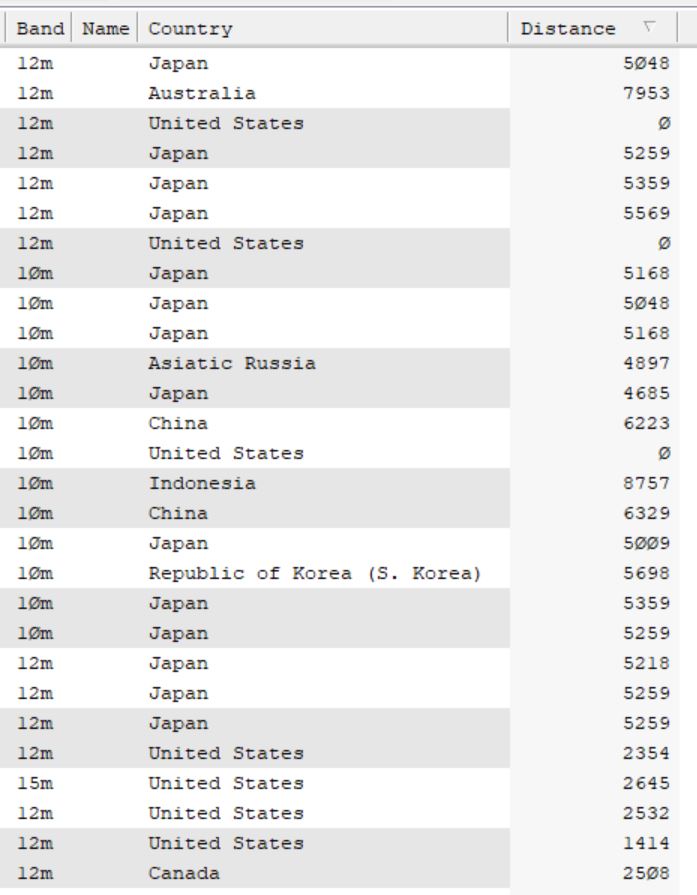
I think I managed more DX today than I have before, including one with Indonesia that rivals my other DX record at 8,757 miles and one with Australia at 7953 miles. 28 contacts, averaging about 4400 miles. I also added three new confirmed countries: Australia, China, and Indonesia. 10 and 12m were my workhorses here, though I did hit the other side of the US (Rhode Island) on 15m.
FT8 has been very helpful here to understand propagation characteristics, particularly for 10-12m. Generally, if we’re both in the light and inside of 9,000 miles we can talk. That means Europe has to be hit right around sunrise, while in the afternoon I can hit Asia and Oceania.
Tomorrow I’m going to make an effort to get a confirmed QSO with Europe to get that WAC award. I’m also one confirmed grid square away from the Grid Squared award (100 grid squares worked) and 12 states away from the Worked All States; I have unconfirmed QSOs with Arizona, Iowa, Minnesota, New Jersey, and Rhode Island, and no QSOs at all with Delaware, Idaho, Kentucky, Maine, Tennessee, Vermont, or Wyoming. I’m slowly working towards this award too.
I got some QSOs with people in my grid square, which feels to me like saying hi to the neighbours.
On an unrelated note, I think someone nearby got a Baofeng for Christmas and loaded it up with one of the prepper loadouts: over the 2m simplex calling frequency, I heard a bunch of kerchunks followed by “Lost 1, this is Lost 3, are you lost too?” Some people monitoring kindly informed them we could all hear them.
12.22.23Sixth continent added
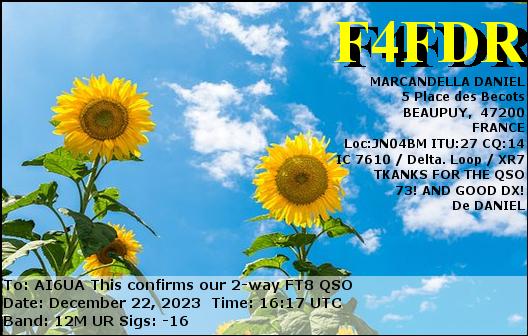
Finally got the EU with an eQSL-confirmed contact with F4FDR in France. That makes six continents worked; Antarctica doesn’t issue radio licenses (because it’s not a country), but I think you might still be able to make a contact with someone down there. For the purposes of “worked all continents,” you only need the other six that do issue radio licenses.
12.21.23MMDVM Hot Spot
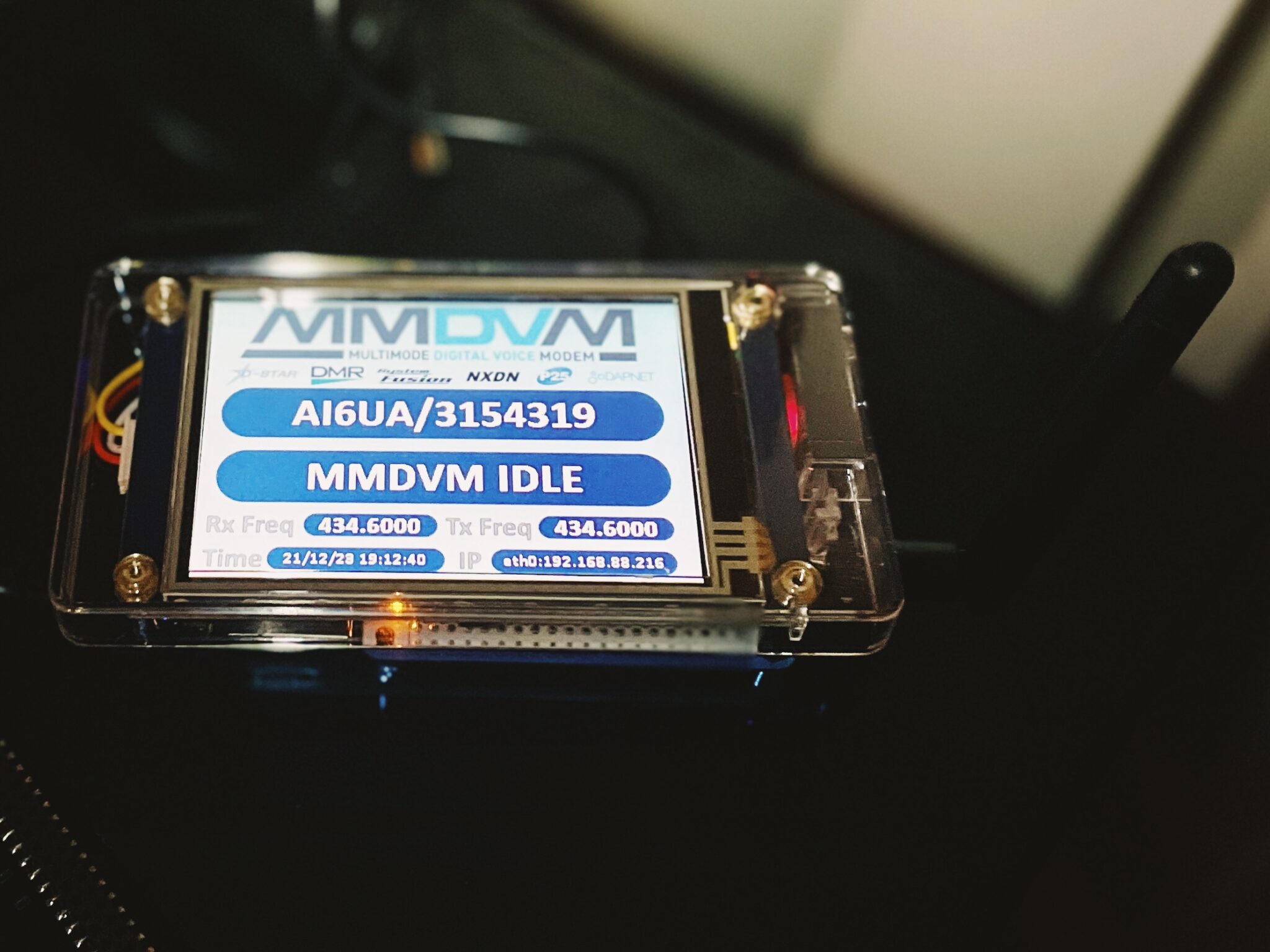
I picked up a DMR hotspot from HRO today. It took me a few minutes to get it set up1; eventually, I found this document describing how to set it up, as well as some additional information from Brandmeister. I ran across a bunch of videos by Bridgecom, which I’m assuming would be pretty useful but I’d much rather consume this information via text.
I do have some qualms about using a hotspot; I’m mostly interested in comms separate from the internet. However, it does allow me to connect with other people and participate more in the community. I do want to get an Anytone 578 set up as a DMR repeater for my friends as well. We’ll see how well that works.
- Of course, I went full send when testing it and keyed up TG 91. ↩︎
Windfarms Net Control

I’m working towards a Ten-Ten International membership, and fortunately there’s a local net (Windfarms) that meets Wednesday nights. Last week, I checked in for the first time. I volunteered to run tonight’s net and added a new 10-10 number to my list. I saw there’s one in Seattle right after, so I might try to hit that next week.
The thing about 10-10 is you need 10 member numbers from QSO’s on 10m. You get a membership by getting out and making contacts. I like this.
One person checked in with the wrong antenna, and it was interesting how much the signal changed when he switched antennas. All of the checkins were within 10 miles, so I’m going to have to work to get more numbers. I don’t think I did too badly, and I didn’t get any feedback otherwise so there’s that.
Running a net was a great experience, and I recommend everyone do it.
12.18.23NVIS notes

NVIS, or Near Vertical Incidence Skywave, is a means of HF propagation that provides signal within a medium distance range of approximately1 300 miles. The goal is to bounce a radio signal at a high angle off the ionosphere to cover the skip zone that would normally be a dead space between ground wave coverage and skywave coverage.
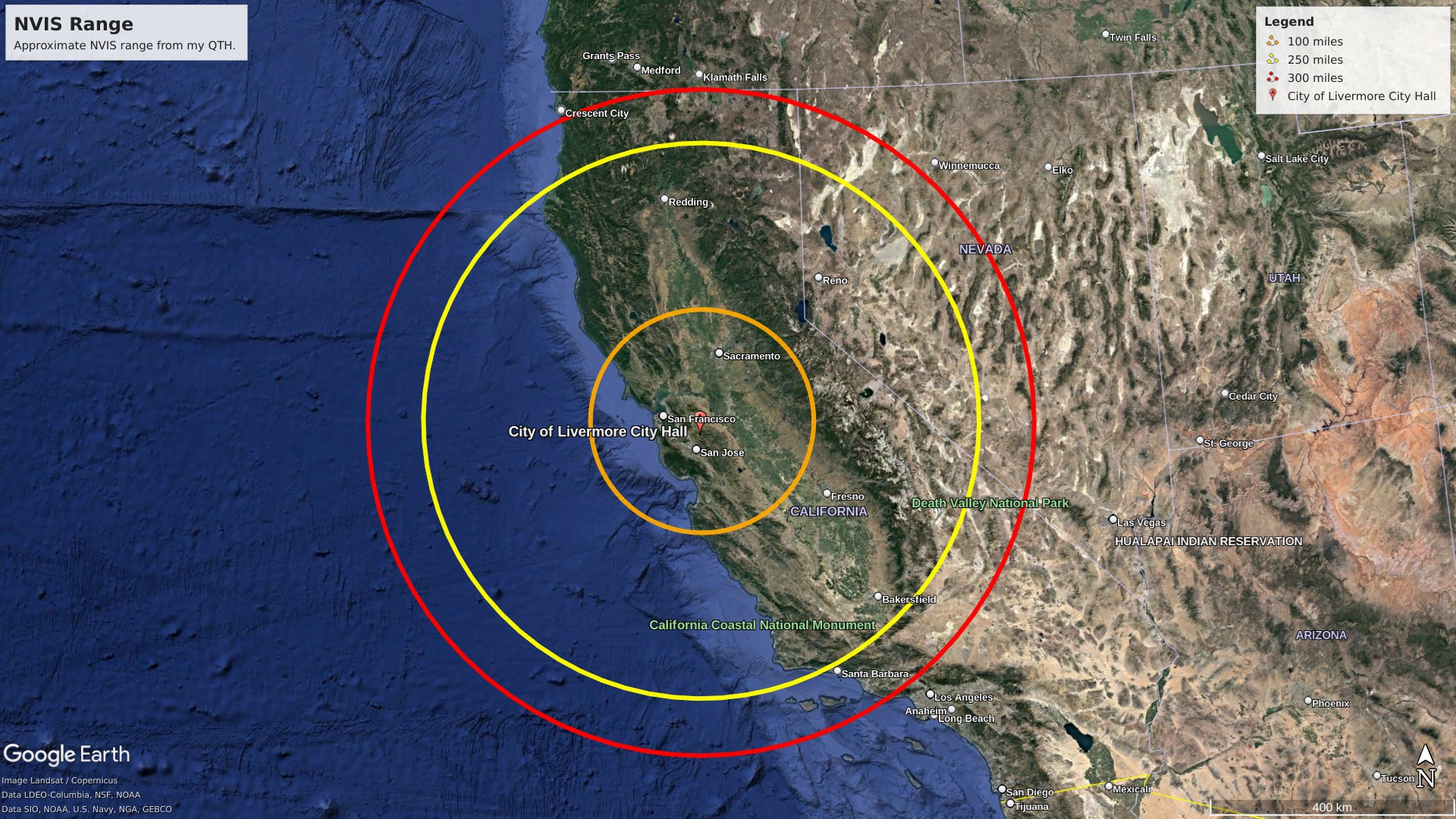

Frequency Selection
The actual frequencies depend a lot on conditions, but the most reliable amateur radio bands are:
- 160 meters: 1.8-2.0 MHz
- 80 meters: 3.5-4.0 MHz
- 60 meters: 5 MHz
- 40 meters: 7.0-7.3 MHz
Groundwaves are not likely to connect two radios, as terrain is virtually guaranteed to block the signal. Instead, there is a single high-angle bounce off the ionosphere:

There are some guidelines to picking a useful frequency:
- Long-haul uses higher frequencies in the 4-30 MHz range; in the day time, 10-25 MHz tends to work better while at night the lower frequencies in the 4-10 MHz range tend to work better. This uses regular skywave propagation.
- For shorter distances, NVIS frequencies should be chosen.
- In the morning or evening, 4/5 MHz is usually more effective.
- During the day time, 5-7 MHz is usually more effective.
- At night, the 1.8-3 MHz range is usually more effective.
There is a tool that we can use to figure out what is likely to be the most effective: the WWV beacons. These are time broadcasts sent out by NIST from Fort Collins, CO. They broadcast signals at 70 kW ERP on 2.5, 5, 10, 15, 20, and 25 MHz. There is also a station in Hawai’i that broadcasts on 2.5, 5, 10, and 15 MHz. By monitoring these signals, we can get a feel for what will be the most effective frequency:
| Strongest WWV frequency | Frequency range | Amateur band |
|---|---|---|
| 15/20 MHz | 6/7 MHz | 40 meters |
| 10/15 MHz | 5/6 MHz | 60 meters |
| 5/10 MHz | 3/4 | 80 meters |
| 2.5/10 MHz | 1.8-3 MHz | 160 meters |
The WWV stations send messages at specified times every hour:
| Minute | Announcement |
|---|---|
| :00 / :30 |
Station ID |
| :03 (WWVH) / :04 (WWV) | Manual changes (such as leap seconds), description of experimental signal sent at :08 |
| :08 (WWV) / :48 (WWVH) | Atmospheric propagation test signal |
| :10 (WWV) / :50 (WWVH) | DoD message, if one exists |
| :16 | Additional NIST alerts as necessary |
| :18 | Geophysical alert / conditions |
Due to the relatively low-bandwidth nature of the effective NVIS frequencies, consider using digital modes like PSK31, Olivia, or Winlink to transfer messages.
NVIS Antennas
For a field expedient NVIS antenna, an inverted ‘V’ dipole works well. However, a more robust option is a horizontal dipole a quarter wavelength above the ground, with a radial wire slightly longer than the dipole directly underneath.
The military’s NVIS antenna uses two inverted ‘V’ dipoles that also serve as the guy wires for the mast.

They also use loop antennas, aimed at a high angle towards their intended recipient, or quarter wave antennas on vehicles using tie ropes to angle the radio waves.


Some other antennas I’ve heard are the WWII-era Shirley and Jamaica antennas.
The resources page has field manuals and other docs that go a lot deeper into this topic.
- Virtually all distance measurements in radio are guaranteed to be approximate. This depends on a lot of factors, such as terrain, weather, atmospheric conditions, time of day, etc. ↩︎
New DX record
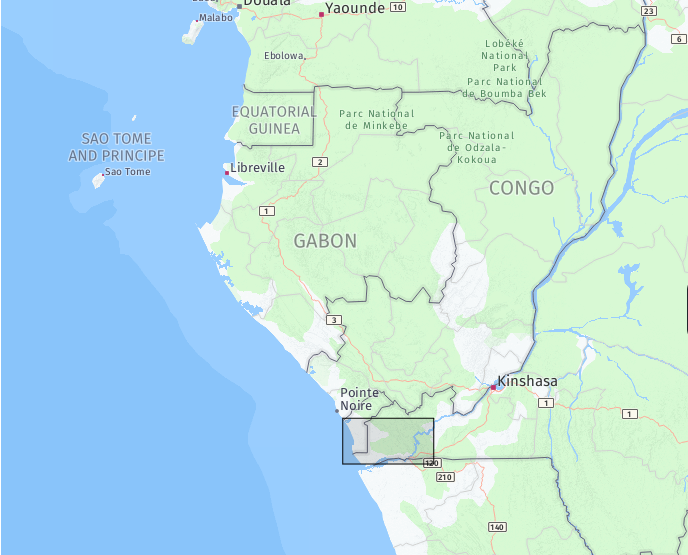
Previously, my farthest DX contact has been Japan on FT8, at about 5700 miles. Well, this morning I managed to reach Angola at right around 8800 miles.


Related, I’ve been trying to work Canada on FT8 for some time and I just haven’t been able to do it. Today I managed to do it twice: once to Quebec, and once to the Yukon. Also finally managed to work South America and Alaska, two more places I was gunning for.
12.18.23Mode Unknown 2023-12-18
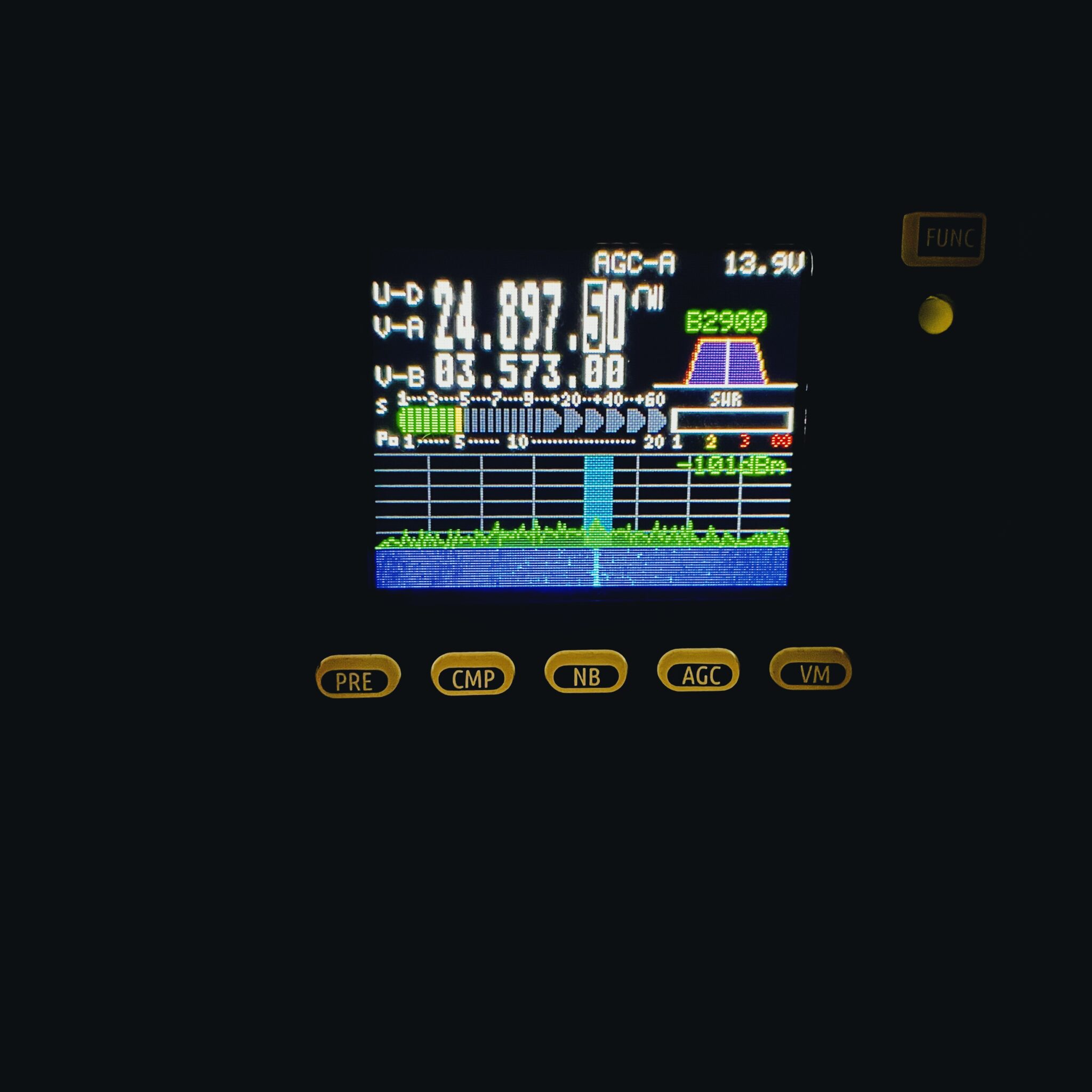
I’d like to start a series where I post signals I’ve found that I don’t know how to decode yet. This one was picked up on 2023-12-18 around 1000 UTC on 24.8975 MHz.

The waterfall makes it look like RTTY, but it seems too narrow band for that. Maybe I just don’t know how to decode it.
12.15.23Antenna update: it’s a quadrant antenna, apparently
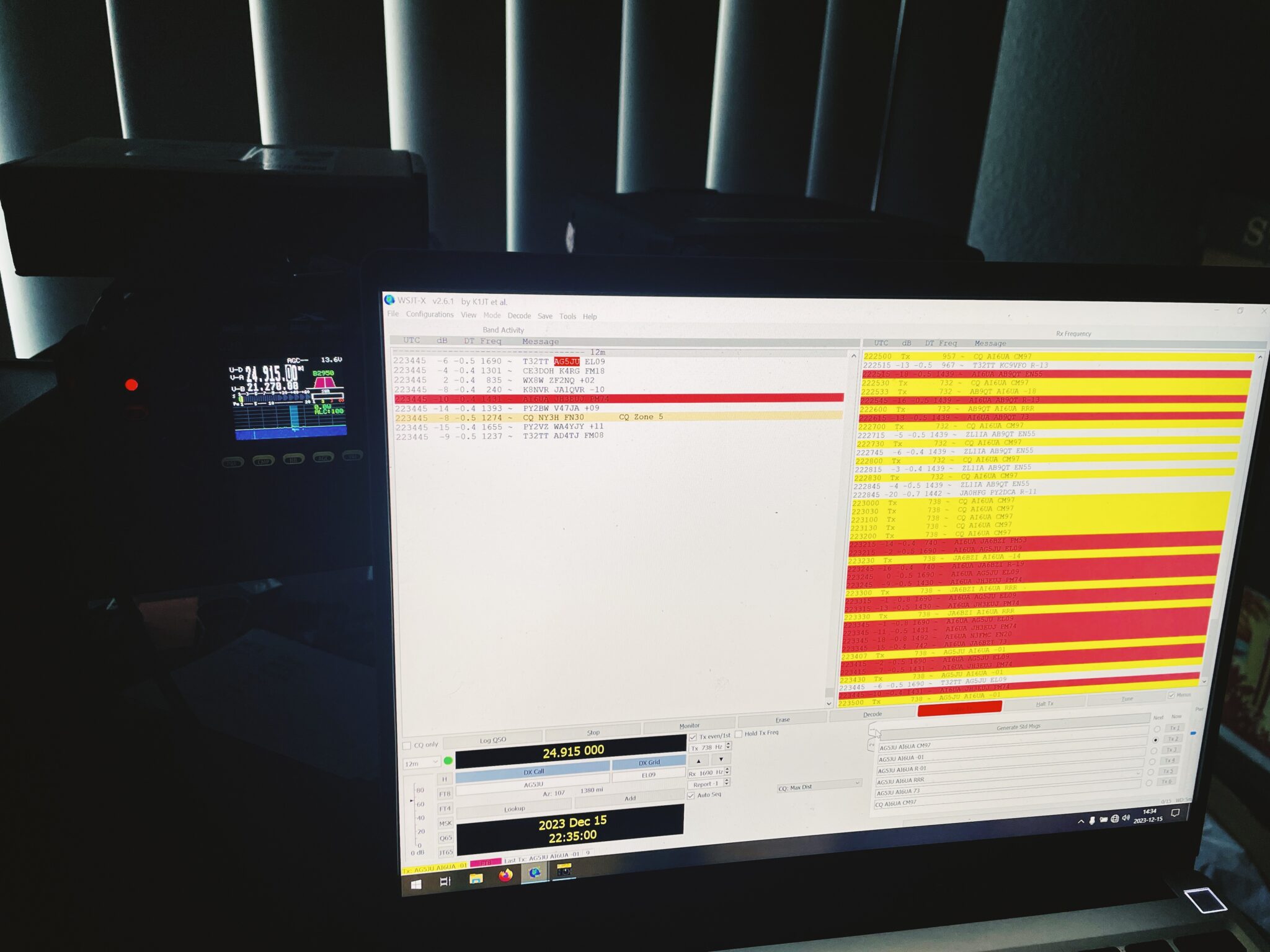
Previously, I wrote about my cursed antenna. Okay, it’s not cursed, it just looks that way. It turns out it’s resonant not on 10m, like I wanted it to be, but on 12m. I’m not sure if that resonance is because of the way that it’s set up or that I cut the legs a little long. I still have a lot to learn about antennas. Apparently, this type of antenna is called a quadrant antenna, and its propagation pattern ideally looks like this:

Mine is set up like such that the legs are north and east:
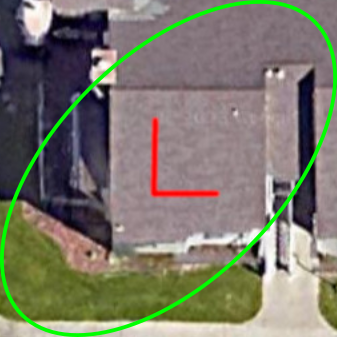
is a rough outline of the propagation pattern.
This sort of makes sense, comparing the bearing and distance1 to some of my contacts on FT8 today — all of which were between 15 and 20W of power out of the G90:
- BL02: 2341.996 miles, bearing 253.5°
- PM57kl: 5429.074 miles, bearing 308.5°
- FN41bn: 2750.295 miles, bearing 67.6°
- EN10nw: 1458.967 miles, bearing 72.7°
- FK49pk: 3428.521 miles, bearing 96.3°
- EN71lh: 2075.933 miles, bearing 70.7°
- EN55hp: 1854.284 miles, bearing 61.6°
- PM53cn: 5630.352 miles, bearing 305.8°
- EL83td: 2654.033 miles, bearing 100.3°
- AH46cc: 4757.746 miles, bearing 230.9°
- EL99hx: 2484.816 miles, bearing 89.6°
- EL09sm: 1566.271 miles, bearing 103.7°
- EN06ph: 1419.404 miles, bearing 57.1°
- EM73oi: 2210.555 miles, bearing 85.8°
- BL02hb: 2383.869 miles, bearing 253.1°
The contacts in italics took some work to reach, even on 20W of power. The Korean call (PM57) makes sense as one of the furthest grids I reached. The others I strongly suspect were due to propagation patterns on the antenna. In particular, I had trouble with some of the Texas and other Southern states.
FT8 has been pretty useful for exploring the propagation of both the antenna and the bands based on the time of day and weather conditions, though it’s still not my favourite mode.
- I don’t get the full six digit grid to my contact via FT8, so if I can’t get their grid via QRZ I use XXNNmn as their grid via NØUK’s Maidenhead Grid Distance & Bearing Calculator. ↩︎
Adventures in Packet Radio (episode 1)

A while ago, I bought a Kantronics KPC-3+ to experiment with packet radio. I never got around to doing anything with, mostly due to not having a useful radio cable for it (always said I’d get around to making one, and never really did). Last month, I picked up a Kenwood TNC cable off eBay, and tonight I figured I’d give it a shot.
What is packet radio?
Packet radio is one mechanism for transmitting data over RF. It works by breaking that data down into chunks (or packets), and sending those chunks out on the radio. The key new piece of this digital mode is a terminal node controller, or TNC. The TNC decodes packets received from the audio coming out of the radio, and encodes packets into the audio going into the radio.
Your radio connects to a TNC, which connects to your computer:
Antenna ←→ Radio ←→ TNC ←→ ComputerWith the KPC-3+, and some other TNCs, the computer is optional. There are a couple of packet modem services, such as mail and BBS functionality, as well as keyboard-to-keyboard (K2K) modes. The radio sends and receives packetized data.
You can also operate in connected and unconnected (or UNPROTO) mode; in connected mode, each packet you send expects an acknowledgement packet in reply. In general, it’s better to think of packet radio as sending mail instead of the normal voice transmission (or in K2K mode, like passing notes). The ARRL published a document titled “AX.25 Link Access Protocol for Amateur Packet Radio” describing the AX.25 protocol often used in packet radio. Alternatively, you could use TCP/IP via a KISS modem. To me, using TCP/IP over radio seems like a waste but to each their own.
Some basic configuration
First, I got set up in terminal mode. According to the KPC-3+ manual,
When set to TERMINAL, the full command set of the TNC is available.
cmd:HELP INTFACE
INTFACE {TERMINAL | NEWUSER | BBS | KISS | XKISS | HOST | GPS | NET | MODEM}
cmd:INTFACE TERMINAL
INTFACE was NEWUSERI can hear you
I was trying to figure out if my setup was working at all, as transmitting didn’t seem to be triggering the PTT and I decided to take a break to work on this writeup. Suddenly, the backlight on the radio came on. I switched over to the minicom session and saw this:
cmd:W6OAK>BEACON,KLPRC3,KBERR,KJOHN*,KBETH,KBERR,ROSE: <UI>:
This is OAK:W6OAK-5, a packet radio node in Oakland, CA. Mailbox: OBOX.
NE6RD>BEACON,WOODY,KBETH,KJOHN*,KBULN,KBERR,BRKNRG,ROSE: <UI>:
9612+ runs when it runs
KF6ANX-8>ID: <UI>:
KF6ANX-8/R JBOX/B KJOHN/N
W6ABJ-12>ID,KJOHN*,KBETH,KBERR,WOODY: <UI>:
W6ABJ-12/R KBULN/D KBUL/G KBULN/N
cmd:MHEARD
AI6UA 01/11/2003 08:44:26
W6OAK* 01/11/2003 09:05:07
NE6RD* 01/11/2003 09:13:45
W6ABJ-12* 01/11/2003 09:22:36
KF6ANX-8 01/11/2003 09:32:05At least I know I can hear traffic. I still haven’t figured out how to get it to transmit.
Transmit… just started working
At some point, transmitting just started working and I’m not clear about what changed. Attempts to connect to other nodes didn’t really work, though. I think that’s because I’m on the keyboard-to-keyboard / mail frequency. I thought that you had to connect to another node to send mail. I still need to figure out how to send mail, but it’s getting late.
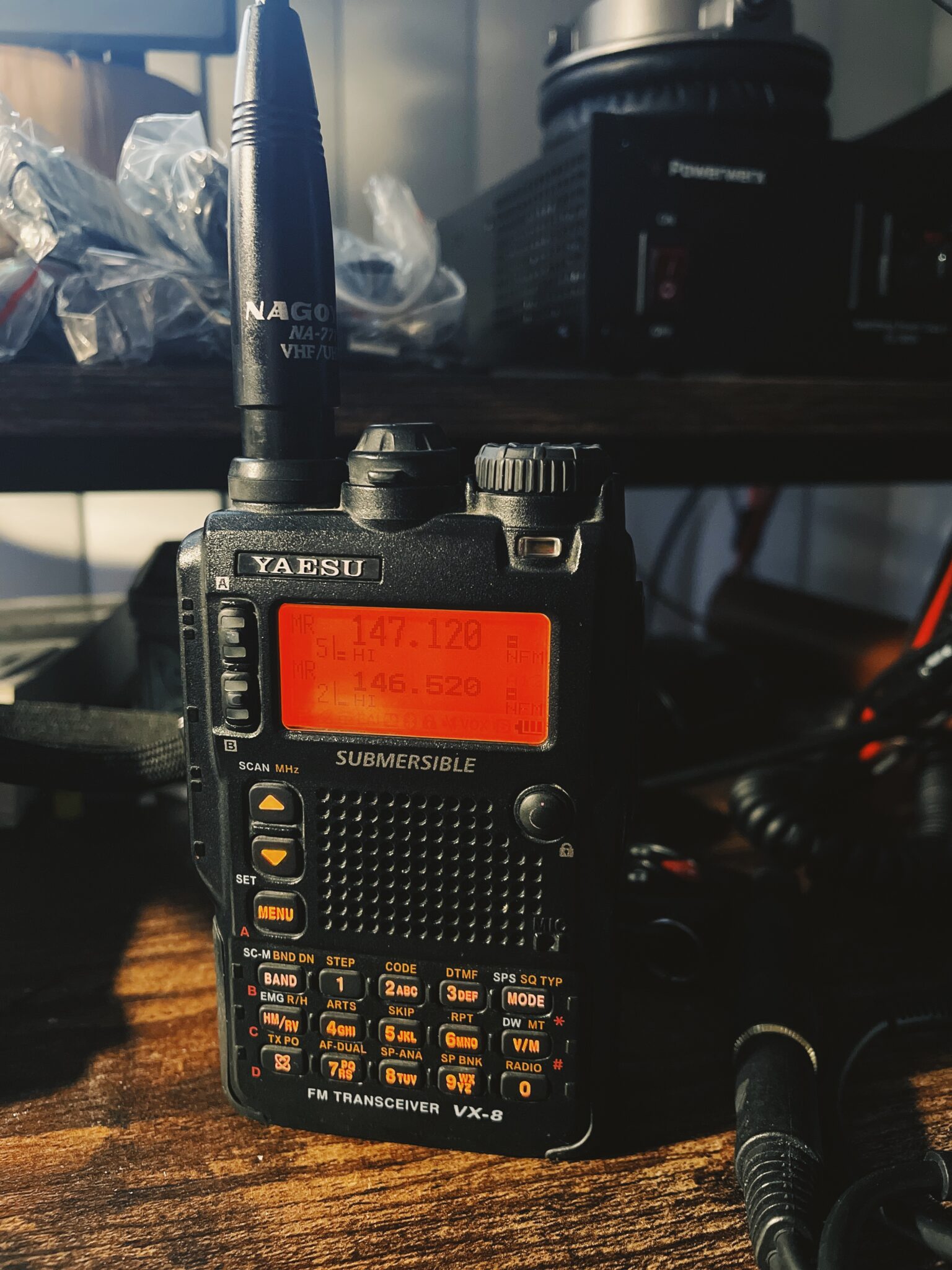

| Posted in Radios | No Comments »